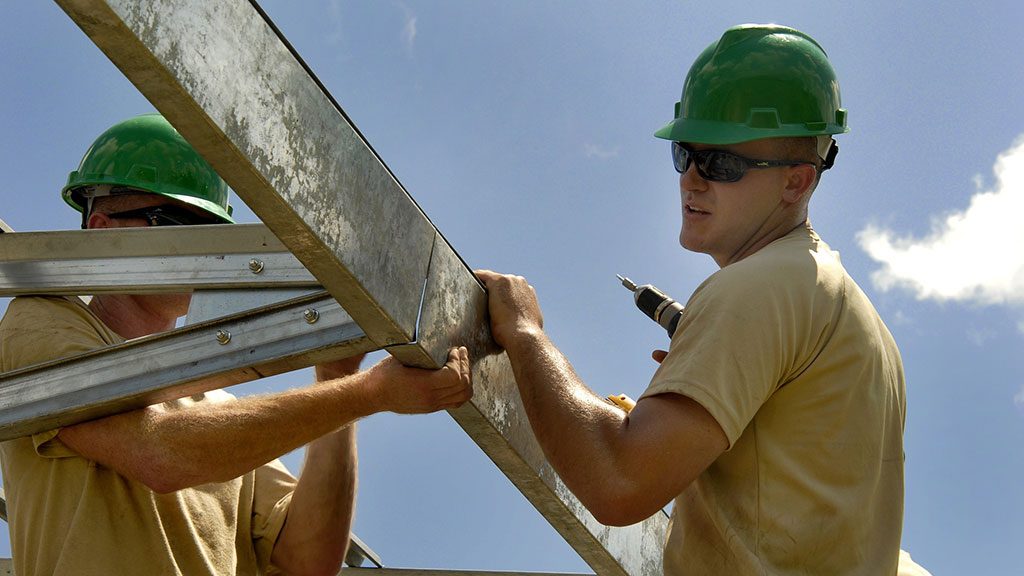This is the fourth in a series of articles exploring the mystery and history behind trades training and how it has evolved over the years to what it has become today.
The Canadian apprenticeship system is alive and well — or is it?
The apprenticeship system is centuries old and even today, apprenticeships continue to form the backbone of the craft system.
Trades such as carpenter, welder, electrician and plumber may be better known, yet trades like painter/decorator and interior systems mechanic are equally important.
Regardless of the trade, all apprentice trainees move along the structured continuum towards becoming a certified journeyperson in the craft.
Formal trades and apprenticeship training commences when a person signs up as an apprentice through an employer, joint board or an association sponsor.
The apprentice is registered with the jurisdictional apprenticeship authority and the journey of formal learning begins.
During this period of skill development, learning occurs within two different forums. The apprentice spends time “in-school” learning the technical and theory part of his or her trade while practical skills are developed and honed “on the job” site. While both differ, each plays an integral part in developing the apprentice towards becoming a journeyperson within his or her craft.
Technical Training
Apprenticeship regulations differ from jurisdiction to jurisdiction, yet one shared constant is the requirement of an apprentice to attend a prescribed amount of in-school training known as technical training.
In best case scenarios, the apprentice attends a level/period of schooling each year over a four-year period.
The most common technical training delivery modality is through “block release” where approved trade schools (public or private) provide the training over a period of time such as six to 10 weeks continuously. In many cases, the student will have the same instructor for the entire block of technical training.
There is ongoing debate suggesting there may be other ways to provide training as not all students learn in the same manner.
What if the student had a personality conflict with the instructor? A learning disability? Was a gifted student?
Maybe some instructors have exceptional knowledge of certain parts of the curriculum, but have limitations with other aspects, or possibly, an employer sponsor may be too busy to release the student for school at the time the class is scheduled.
All these factors impact the student and could cause delay towards journeyperson completion, resulting in significant financial loss.
On-the-Job Training
Apprenticeship training is said to follow the 80/20 rule. This measure suggests that approximately 80 per cent of the trainee’s learning occurs on the jobsite while the remaining time is spent in the classroom. While technical training outcomes are well defined this is not the case with on-the-job training.
One concern would be if an apprentice is not properly mentored while on the jobsite, he or she may be working at tasks above or below their level of knowledge.
Russian psychologist Vygotsky identified a learning process known as “scaffolding,” where the learner builds on the knowledge they currently have in order to advance to the next level of understanding. Simply put, learning must be carefully constructed for knowledge transfer to occur.
When discussing the trainee’s learning experience of the jobsite, each apprentice has differing stories as no two companies are the same, experiences differ by trade and jobsites offer up variation.
Yet when asked about their on-the-job experiences these learners speak along two common themes:
1) Lack of set standards or outcomes to be met by the apprentice while accumulating workplace hours.
2) The supervising journeyperson on the jobsite may/may not be knowledgeable with outcomes required at each level of the prOgram outline, thus not adequately matching the job tasks to curriculum learning outcomes.
Apprenticeship is steeped in history and functions well.
However, continuous improvement is paramount in maintaining a robust system. Using Germany as an example, the outcomes for an apprentice learning at the jobsite are well defined and understood by the journeyperson and the apprentice being mentored.
Further, in Scotland, for a journeyperson to be a mentor of an apprentice, they must have taken post-journeyperson courses to position themselves as a craft mentor.
While we can be proud of our apprenticeship system, we must continue to consider global best practices, challenge the system, its processes, and even our own believes, being willing to ask the hard question — “will this provide a more highly skilled journeyperson as a result?”
Dr. Lindsay Langill is a former dean of trades and technology. Langill holds Red Seal certification in three trades and has a bachelor of education and master of arts from UBC along with a doctorate from the University of Calgary. He is president of 3-Degrees Consulting Ltd.











Recent Comments